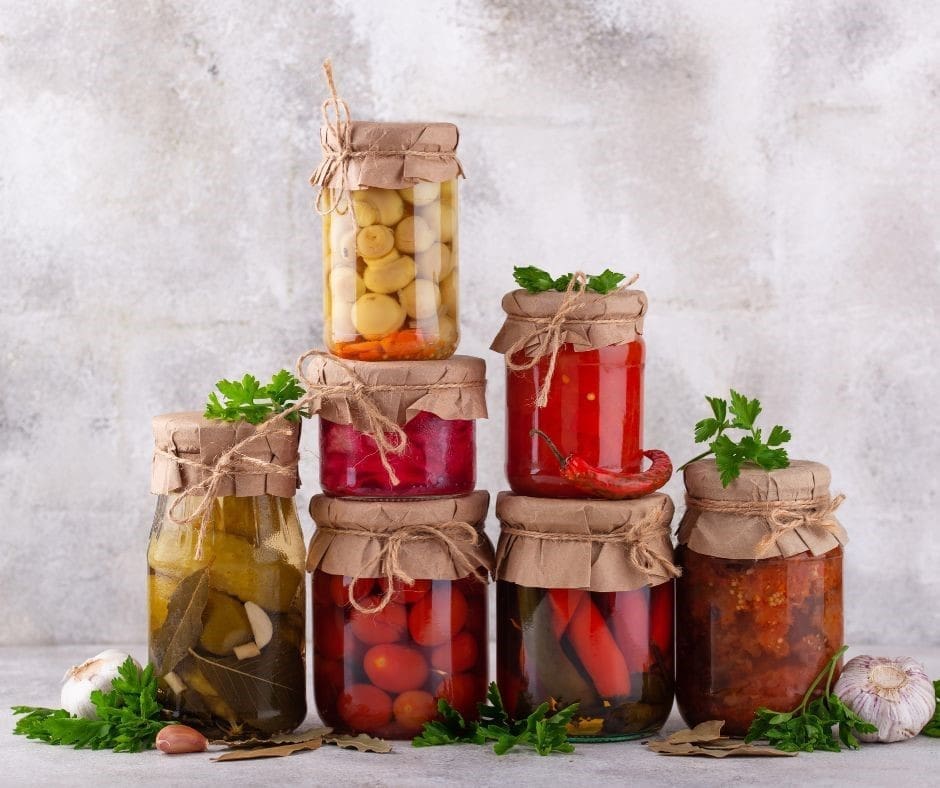By Trish Svoboda
The term “dry canning” has been popping up on social media lately. However, it’s important to note that “dry canning” isn’t actually “canning” in the traditional sense. This method involves sealing food items such as flour, nuts, beans, oats, and others in jars, typically after some form of heat treatment, like an oven heating. This is often hyped as a method to prolong the shelf life of these foods. The process may involve placing the lid and ring on the jar either before or after heating. Although the jars may appear to “seal” due to the heat, it doesn’t create a genuine vacuum seal.
Nutrition, Food safety and Health Agent, Kaitlin Moore, explains in her latest news column why dry canning is unsafe. She said every type of food has a certain degree of water content. Even in a sealed container, this moisture has the potential to form bacterial spores. When foods that are rich in fats are heated, it can promote rancidity, resulting in unpleasant tastes and odors. Consequently, this process may actually decrease the shelf life of foods.
Moore recommends storing dry goods in sealed containers, and to keep them in a dark, dry, and cool location. To extend the shelf-life of nuts, flour, and other grains, she said refrigerating or freezing is the best choice. Even dry beans, which already have a long shelf life, can benefit from freezing.













